I’m catching up on three of Kodansha’s currently running shoujo series, so I thought I’d group them all together here for a Tidbits post! First up are volumes four and five of Natsumi Ando’s suspenseful Arisa, followed by the second and final volume of Naoko Takeuchi’s Codename: Sailor V, with the second volume of Pretty Guardian Sailor Moon bringing up the rear. Tidbit power, make up!
Arisa, Vols. 4-5 by Natsume Ando
 Tsubasa Uehara continues to attend school in the guise of her sister, Arisa, as she endeavors to find the identity of the King who is fulfilling wishes from chosen students in dangerous ways. Her spirits flag when it seems she’s been unsuccessful in protecting the latest target, but when it turns out her efforts actually prevented the girl from sustaining permanent injury, her spirits rise. Alas, a friend’s betrayal is followed by an explanation of divided loyalties and the introduction of a pivotal new character with kind feelings towards Tsubasa but a burning hatred for Arisa.
Tsubasa Uehara continues to attend school in the guise of her sister, Arisa, as she endeavors to find the identity of the King who is fulfilling wishes from chosen students in dangerous ways. Her spirits flag when it seems she’s been unsuccessful in protecting the latest target, but when it turns out her efforts actually prevented the girl from sustaining permanent injury, her spirits rise. Alas, a friend’s betrayal is followed by an explanation of divided loyalties and the introduction of a pivotal new character with kind feelings towards Tsubasa but a burning hatred for Arisa.
So, there are several characters at this point who could be the King, but the strongest possibility seems to be Kudo, a transfer student who I had forgotten about entirely after reading volume three, so that tells you how memorable of a guy he is. Manabe doesn’t seem like the culprit, and neither does Arisa’s boyfriend, Midori, but it’s not out of the question. Mostly we see the King as a shadowy figure, grinning in a dastardly fashion as he does things like arrange for Tsubasa to fall off a cliff. (Side note: any time the female lead of a shoujo manga goes out into the woods at night, she is going to fall off a cliff. It’s, like, the law.) New character Shizuka seems like a potential candidate, until it’s revealed that the King is manipulating her into making wishes that will harm Arisa/Tsubasa.
All of this makes for a fast-paced and suspenseful read, but it does cause me to wonder whether Ando’s just making up all of this as she goes along. Does she really have a plan for who the King is, or is she keeping readers suspicious of everyone until inspired to take the story in a specific direction? I’m not exactly complaining—because, again, it is a fun read—but the lack of any kind of permanent gain is a little bit frustrating. I just hope there’s a satisfying and dramatic payoff in the end!
Codename: Sailor V, Vol. 2 by Naoko Takeuchi
 It’s rather hard to like Minako for the majority of this volume, as several of the stories play up her shallow side. First she gets fat by eating too much evil chocolate, then she must contend with a trio of animal-themed siblings who unleash energy-sucking cats, dogs, and mosquitoes upon the populace. Minako slacks off frequently and makes various unkind comments to her long-suffering feline companion, Artemis. She also meets the latest idol sensation, handsome and mysterious Phantom Ace, and becomes one of his biggest fans.
It’s rather hard to like Minako for the majority of this volume, as several of the stories play up her shallow side. First she gets fat by eating too much evil chocolate, then she must contend with a trio of animal-themed siblings who unleash energy-sucking cats, dogs, and mosquitoes upon the populace. Minako slacks off frequently and makes various unkind comments to her long-suffering feline companion, Artemis. She also meets the latest idol sensation, handsome and mysterious Phantom Ace, and becomes one of his biggest fans.
There’s not really a whole lot to recommend these chapters except more of Sailor V’s amusing speeches, like this one, which occurs as she’s foiling the enemy’s scheme to collect energy via blood donation:
You have used clever words to abscond with a precious tribute of blood from weakened hospital patients! That is your crime!
And to add to it, you have sullied a woman’s simple joy of collecting stamps!
Worse, you forgot to give me my reward for donating blood to the tune of 800cc! And that crime is grave!
Luckily, though the premise of the final two chapters is just as silly as what’s come before—Minako is ordered to win the part of Ace’s leading lady in his latest project, filming in China, so that she can observe his potentially evil production company—it doesn’t preclude genuine dramatic impact. Though Minako entertains fantasies of marrying Ace and retiring, when he professes his to love her, she realizes that it’s not what she wants. She loves being Sailor V and, furthermore, remembers making a promise to protect an important person. Eventually, her memories fully awaken and her Sailor V costume is replaced by one matching the design of the other senshi. It’s kind of goosebump-inducing.
Though I’ve read this series before (with translations), I had completely forgotten that Ace had any connection at all to Minako’s past life, so was pleasantly surprised by that revelation as well as by this awesomely grim quote:
Your love will never be granted, for all eternity… Your love or your duty… now you can live the rest of your life never having to worry about the tortures of deciding between them. Your fate is to battle on. Because your true battle starts now.
How could I have forgotten that?! Minako is a girl who is always falling (if superficially) in love, so she can’t welcome this news, but neither does she shirk from her destiny. Ever irrepressible, she ends the series on an upbeat note, poised to show (if I recall rightly) greater maturity and determination when she joins the others in the main series.
Ultimately, Codename: Sailor V is worthwhile despite its flaws. We never learn what the enemy was hoping to achieve, nor the identity of “Boss” (though the second volume of Pretty Guardian Sailor Moon provides some insight on the matter), but we do meet a special, spunky girl as she comes to accept her unique destiny, and that can never be a bad thing.
Pretty Guardian Sailor Moon, Vol. 2 by Naoko Takeuchi
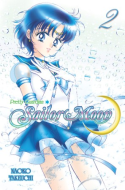 A lot happens in this volume, which I shall attempt to quickly summarize. When facing off against Zoisite, the girls are rescued by the timely arrival of Sailor Venus. Minako is now in her second year of middle school and comes across as very mature, competent, and serious about her duty. She’s been monitoring Usagi through the Sailor V game and has also been researching the enemy. She provides all sorts of information about the Dark Kingdom and also claims (well, Artemis claims) that she is Princess Serenity. Her proximity triggers some past-life memories in the others, as well.
A lot happens in this volume, which I shall attempt to quickly summarize. When facing off against Zoisite, the girls are rescued by the timely arrival of Sailor Venus. Minako is now in her second year of middle school and comes across as very mature, competent, and serious about her duty. She’s been monitoring Usagi through the Sailor V game and has also been researching the enemy. She provides all sorts of information about the Dark Kingdom and also claims (well, Artemis claims) that she is Princess Serenity. Her proximity triggers some past-life memories in the others, as well.
However, Usagi starts having dreams that suggest that she was actually Serenity, and when Mamoru is injured protecting her from one of Kunzite’s attacks, one of her tears transforms into the Legendary Silver Crystal and her true identity is revealed. (The bit with Venus was evidently a ruse to direct enemy attacks onto a more experienced Guardian.) Mamoru is subsequently kidnapped by the Dark Kingdom and eventually used as Queen Beryl’s pawn, securing the crystal for her by volume’s end.
So, all of this is very dramatic and shoujo-tastic while it occurs and I honestly loved every minute of it. There are a couple of things that I found especially interesting, though. The first is how much information we get on the enemy compared to the dearth of intel provided in Codename: Sailor V. We see, for example, a flashback to the moment in which Beryl was “irresistibly drawn to” the North Pole, where she discovered the remains of the Dark Kingdom. This made me wonder… was Beryl reborn on Earth as a regular human, just like the Guardians? And did she waken to her past memories as the seal imprisoning Metalia faded?
We also learn a bit about the Four Kings of Heaven, who were generals to Endymion (Mamoru’s past identity) that were swayed into becoming Metalia’s devotees. I’m not exactly sure about this, but it seems as if their bodies had been converted into crystals and recently awakened into human form at Metalia’s whim, and that they can be revived as many times as necessary. Somehow this is sadder and more sympathetic than if they had just been some regular guys suddenly remembering their previous lives.
The second thing that struck me was how much certain elements of the story remind me of Please Save My Earth. Usagi and friends living on the moon in their past lives is the most obvious resemblance, but there’s also the fact that Usagi is troubled by questions of identity brought on by these recollections (“Am I becoming the princess? It’s like I’ve stopped being me…”) and that the residents of the Moon Kingdom were tasked with fondly watching over Earth and helping it to evolve in the best manner possible. They actually travel to the moon to listen to a computerized incarnation of Queen Serenity tell them about the tragic events of the past and how Metalia must be sealed away for good. (She was also responsible for waking Artemis and Luna from the stasis they entered after the destruction of the Moon Kingdom, which makes me suspect that she is “Boss.”)
I could probably go on for another five hundred words, which just goes to show how engaging this story is. It wouldn’t be a Kodansha review if I didn’t complain about the typos—seeing the word “it’s” used instead of “its” is even more painful when it’s part of genius Ami’s dialogue—but even their irksome presence does not detract from the enjoyment I derive from reading this series.

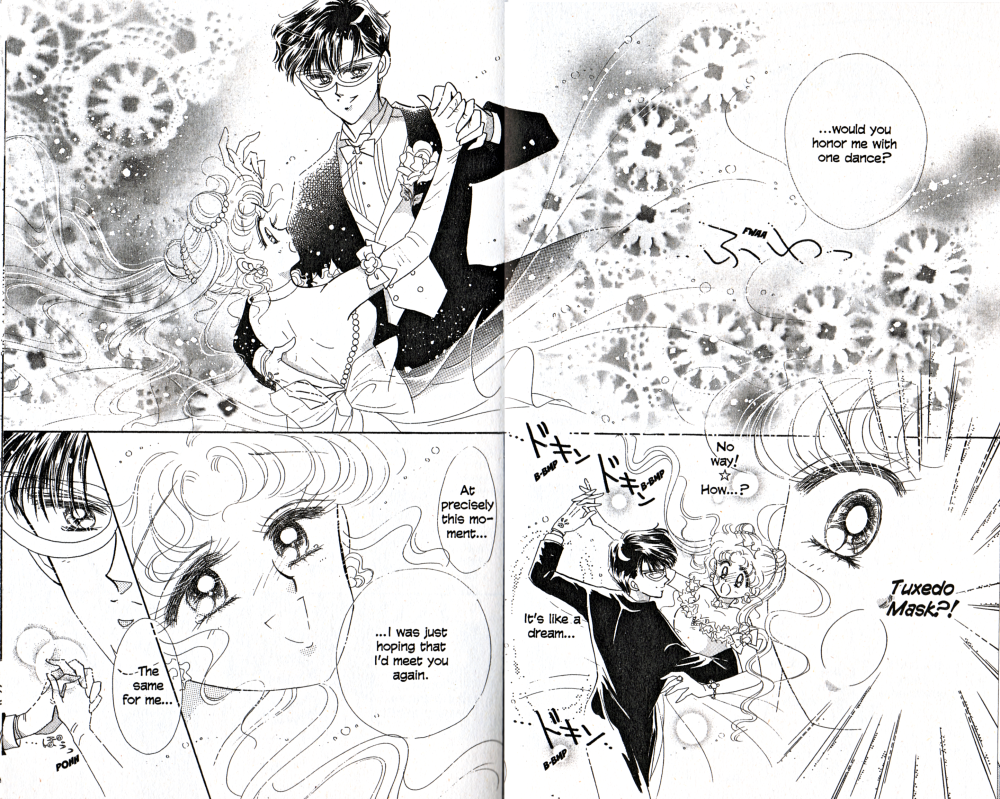
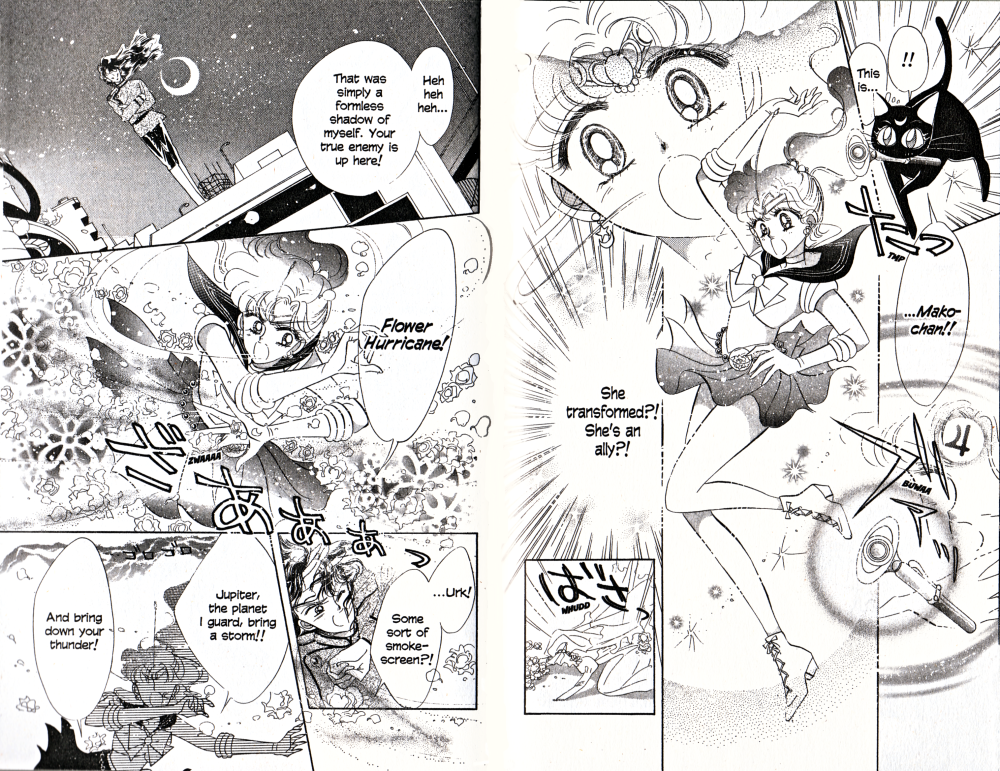
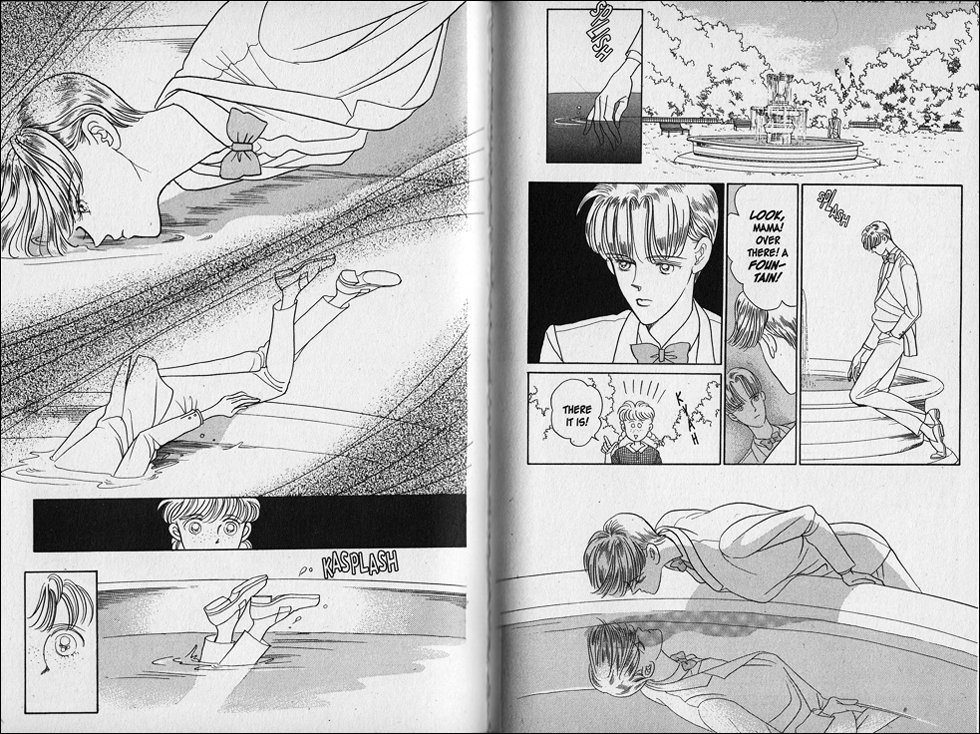
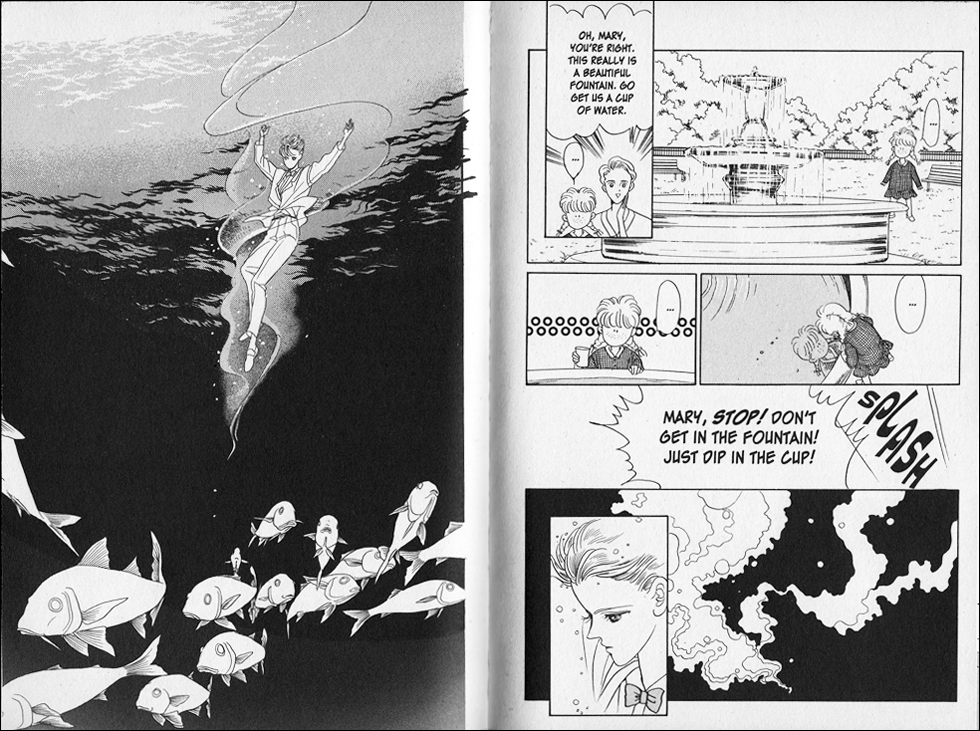
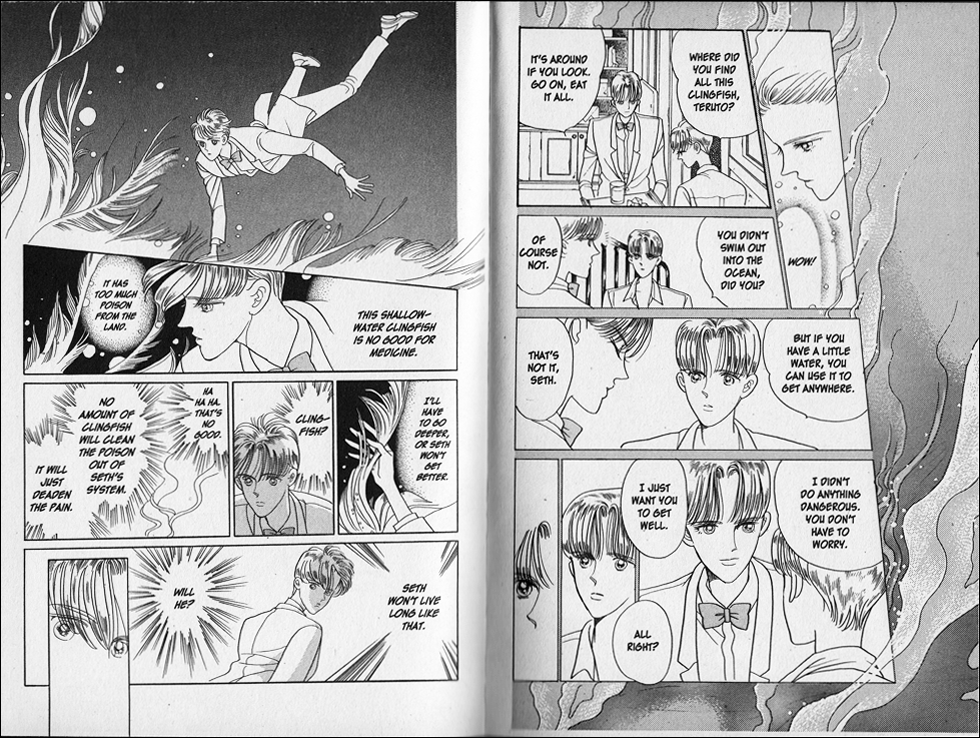

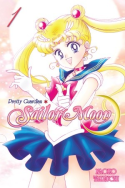


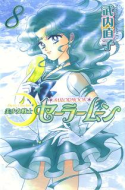






Recent Comments